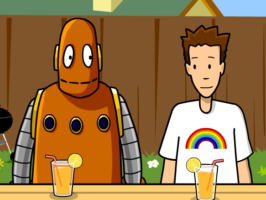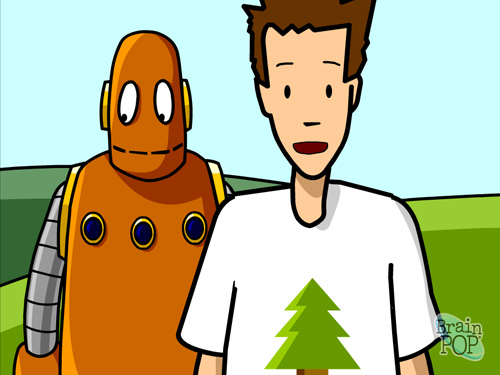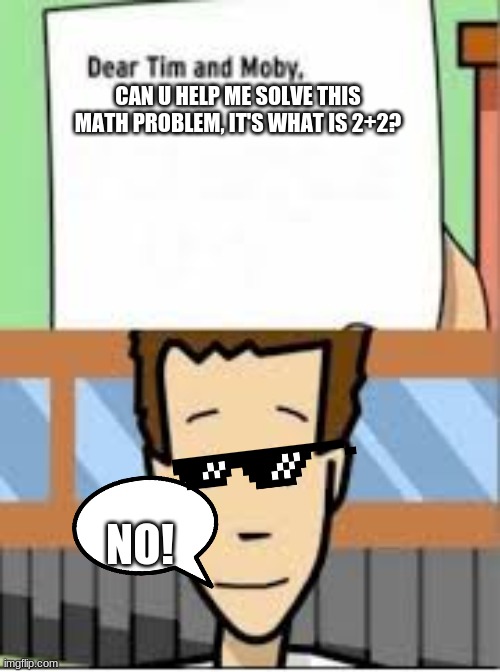

Can be used as an umbrella term for being gender-fluid, agender, bigender or genderqueer.ĭoes not identify exclusively as male or female but uses this alternate term to nonbinary, which is linguistically removed from the idea of a binary gender system.ĭoes not identify exclusively as male or female, or as nonbinary or genderqueer, but uses this term, which dismantles gender roles and stereotypes.ĭoes not identify exclusively as male or female but fluctuates within the gender spectrum. May or may not also identify as transgender since they don’t identify with their sex assigned at birth. Identifies with their sex assigned at birth, which tends to be most but not all people.ĭoes not identify exclusively as male/a man or female/a woman can also mean identifies as male and female, as somewhere in between or as somewhere outside of these categories. Note: Gender identity terms (labels) are highly personal, so it’s important to ask and respect how a person identifies.

We now know it’s not that simple sex, as well as gender, are more nuanced and actually exist on a complex spectrum. Similarly, a person’s gender, under a binary social construct, was long linked to a person’s biological sex.

Upon birth, a person was assigned either the biological sex of male or female, depending on their anatomy, and it was considered unchangeable. Many of us grew up with a binary concept of sex and gender. Understanding sex and gender as a spectrum Whether your child is nonbinary or has a nonbinary schoolmate or you simply want to discuss gender in your family, here are some important concepts about using nonbinary pronouns and navigating any slip-ups. They’ve also found that embracing different gender identities often comes easier to kids than adults. In partnership with GenderCool Project, Chinn-Raicht authored “ A Kids Book About Being Non-Binary.” Image via A Kids Book AboutĬhinn-Raicht’s moms are a lesbian couple, though both parents acknowledge they still had a lot to learn about gender identity when their child came out. Now they’ve written the book - literally - on being a nonbinary youth. “Luckily we’re at the point where I think we’re getting a lot of attention around people who are gender expansive, but it can be really confusing for people to understand a pronoun that has not been in their life at all,” Chinn-Raicht says. When they came out and changed their name and pronouns, they felt affirmed in their identity, but they’ve run up against a general lack of understanding about the concept of being nonbinary and using gender-neutral pronouns. Hunter Chinn-Raicht is a nonbinary 15-year-old in Portland, Oregon, who uses they/them pronouns.

However, 21% of Generation Z Americans who have reached adulthood- those born between 19 - identify as being part of the LGBT community. But with increased media visibility and access to information online, there’s been a surge in awareness of transgender and nonbinary people, and younger generations feel empowered to come out earlier and in greater numbers.Ī 2021 Gallup poll found that LGBT identification among all American adults is only up slightly (7.1%, compared to 5.6% in 2020).


 0 kommentar(er)
0 kommentar(er)
